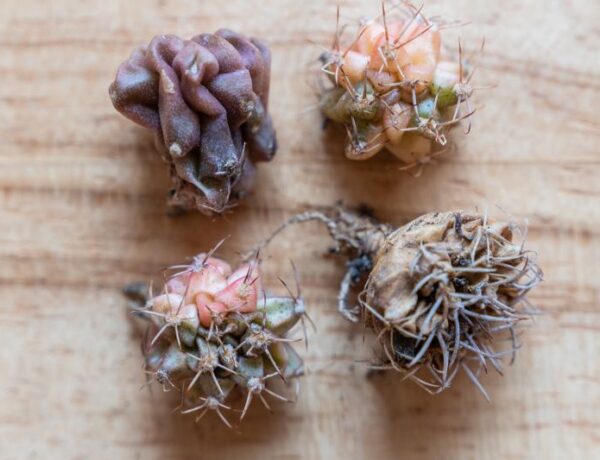Today we’re diving deep into a common yet perplexing issue that often baffles houseplant owners: Why are Chinese evergreen leaves turning yellow?
If your lush Aglaonema has suddenly decided to sport a new yellowish trend, this guide is here to help you fix the situation and get back to the vibrant green you love!
Table of Contents
1. Overwatering
Overwatering is a common reason for the yellowing of Aglaonema leaves. When overwatered, the roots of your plant may become waterlogged, suffocating them and inhibiting their ability to absorb nutrients.
Solution: Hold off on watering, let the soil dry out, and even consider repotting if the situation is severe.
2. Underwatering
On the other side, underwatering can also lead to yellow leaves on your Chinese evergreen. Dry, compact soil can leave your plant parched and lead to yellow, crispy leaves. Regular watering can help mitigate this issue.
Solution: First of all, make sure your plant needs water by checking the soil with your finger. It it feels dry to the touch, then it’s time to water your Aglaonema. Regular watering, particularly during the growing season, can keep your Aglaonema happy and healthy.
3. Low Temperatures
Originally from the tropics, Chinese evergreens aren’t fond of chilly temperatures. If exposed to low temperatures, your plant might start sporting yellow leaves, signaling its discomfort. Time to turn up the heat a notch!
Solution: Move your plant to a cozy spot and away from chilly drafts.
4. Low Light Conditions
Although Aglaonema can survive in low light, it won’t truly flourish without enough sunlight. A lack of light can lead to yellow leaves, disrupting the plant’s photosynthesis process. Remember to place your Chinese evergreen in a bright spot, but avoid direct sunlight.
Solution: Try to move your Aglaonema to a spot where it can receive bright indirect light. If that’s not possible, you can use grow lights. However, make sure they’re installed properly, as grow lights can cause plant burn.
5. Repotting Stress
Sometimes a new home can cause a bit of stress, and your Chinese evergreen is no exception. If you’ve recently repotted your plant and noticed yellow leaves, it may be a sign of repotting stress. Gentle handling and well-draining soil can help with this transition.
Solution: Double check if soil you used to repot your Aglaonema is well-draining and maintain proper lighting and temperature.
6. Pest Infestations
Pest infestations like aphids, mealybugs, and spider mites can cause your Chinese evergreen’s leaves to turn yellow. Be vigilant, regularly inspect your plant, and apply appropriate pest control methods when necessary.
Solution: You’ll have to make sure you’re dealing with a pest infestation. Identify the pest that’s threatening your Aglaonema and use the apropriate pest control method. Also make sure to quarantine your Aglaonema so the pests won’t spread to other houseplants.
Conclusion
From overwatering to low light conditions, several factors can cause your Chinese evergreen’s leaves to turn yellow.





No Comments